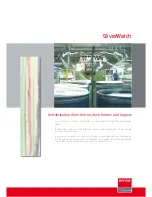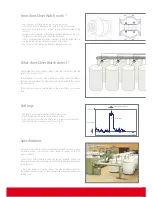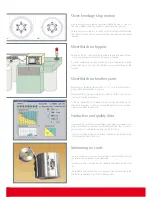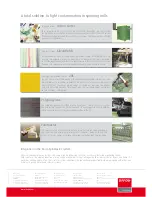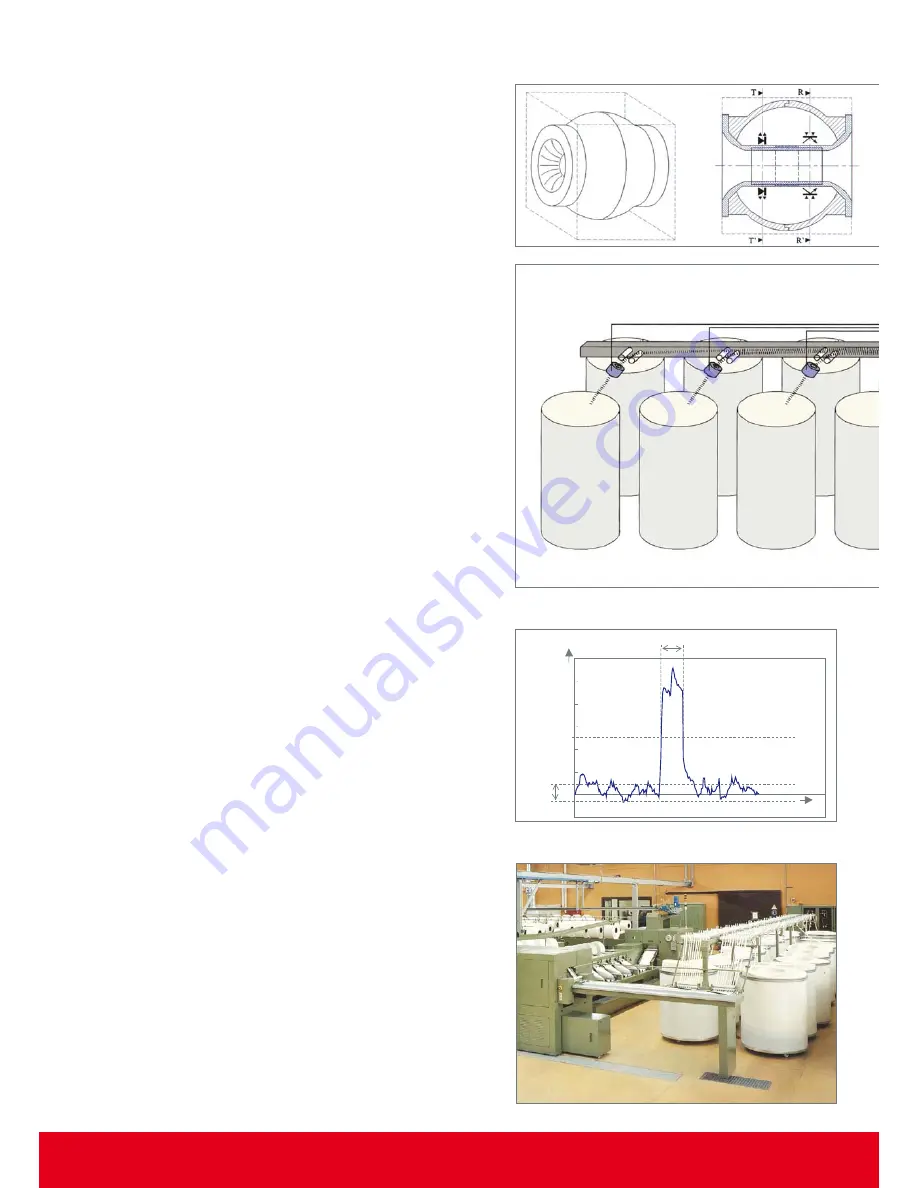
How does SliverWatch work ?
- The sliver passes through a diffuse transparent guide.
- Transmitters or LEDs illuminate the sealed inside of the sensor.
- Receivers sense the amount of light in the spherical inside of the
sensor.
- Foreign material absorbs a fraction of the light emitted by the LEDs,
this increases the signal and allows the detection.
- Light is absorbed from all angles, allowing an uninterrupted view of
the contamination, regardless its position in the sliver.
- The shape of the sliver guide does not compress the sliver.
What does SliverWatch detect ?
Any foreign fibre in the sliver, as long as the color is different from the
color of the fibre material.
The absence of a sliver, or a non-moving sliver in the sensor. This means
that the sensor replaces the sliver breakage stop motion in the creel of
the draw frame.
The lack of some special colored sliver in the use of fancy yarn produc-
tion.
Settings
- The length of the contamination is the main setting.
- Minimum length setting, to avoid irrelevant stops.
- Filter settings are available to detect short, intensive contaminants.
- Sensitivity setting based on a scale from 5 to 20.
Specifications
All sensors are wired to a central machine unit which has to be present
on each machine. S
liver
W
atch
has been tested for speeds up to 1200
meters/minute.
A central unit with full color display and sealed keyboard, allows user
friendly and menu-driven settings to define the contaminants that have
to be removed.
A lamp tree serves as warning system. The stop position is such that
the contamination is always at the same location ready for the operator
to take it out.
V
rms
Sensitivity
l = foreign fibre length
A = peak area
Signal
Time

